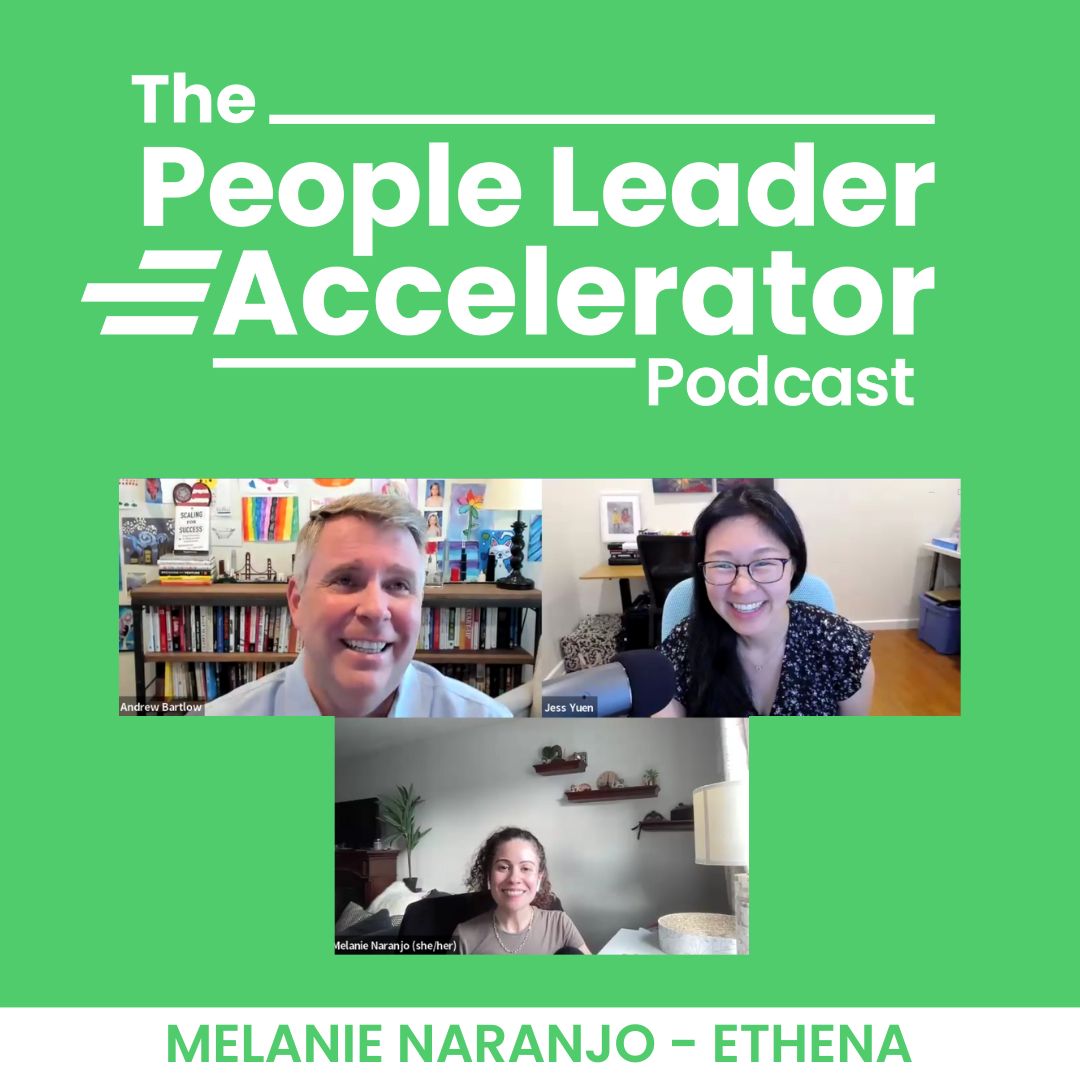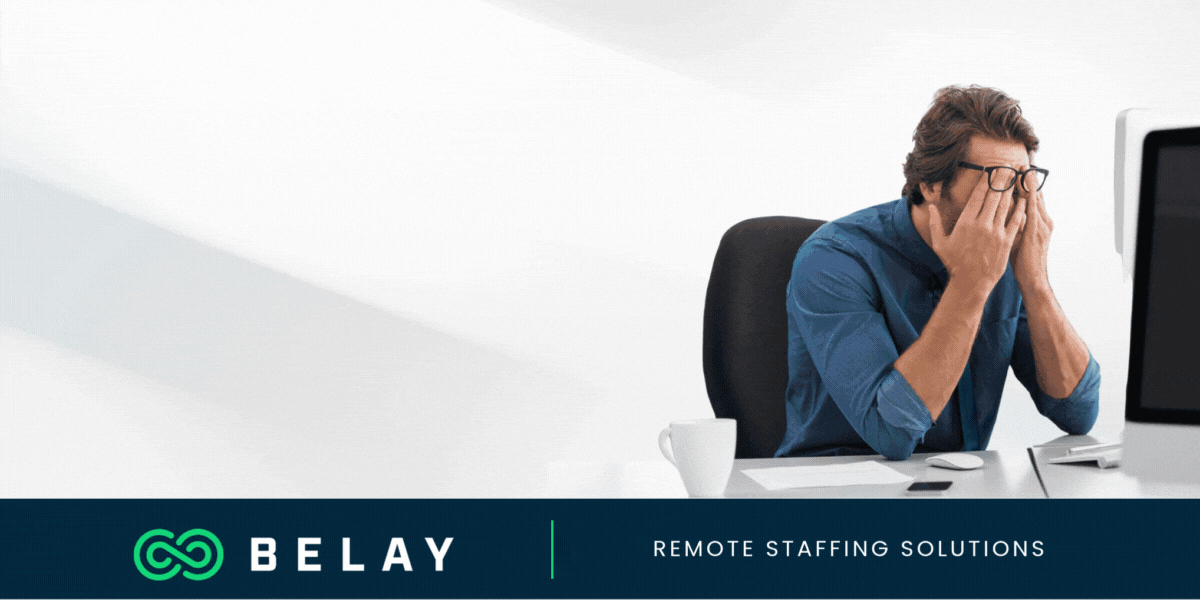- The Left-Hand Column
- Posts
- Why don't they care like I do?!
Why don't they care like I do?!
A look at how to unlock genuine commitment and increased productivity from your team.
In This Left-Hand Column:
A Tale of Two Jessicas
Jessica: The Reluctant Night Owl
Early in my career, I was on assignment in Germany, sitting at my desk at 11:47 PM, watching my boss work. The unspoken rule was that you leave only after your boss leaves. If he stayed until 2 am, I stayed until 2:01.
Those final hours often found me literally twiddling my thumbs, watching the clock crawl toward freedom. I couldn't shower, couldn't eat a proper dinner, couldn't simply rest. I was being paid to sit there, all in service of some performative display of commitment.
In that forced idleness, I discovered a principle that would forever shape how I think about work: Physical presence doesn’t equal performance.
When leaders conflate the two, what they get is expensive theater.
Jess: The Voluntary Workholic
Fast-forward to my early startup days at Khan Academy. I worked like a person possessed—evenings, weekends, holidays. I'd wake up early and immediately open my laptop to see what students were learning on the platform because it was genuinely thrilling to witness education being transformed in real-time.
Nobody mandated those hours. Nobody measured my commitment by my Slack status (Well, Slack didn't quite exist yet, but ykwim). I was captivated by the audacious possibility that we could fundamentally change how the world learns.
The work didn't feel like work—it felt like participating in something bigger than myself.
When Fear Masquerades as Frustration
I’ve been contemplating this “Tale of Two Jessicas” as I witness increasing tensions—fueled by AI anxiety and tightening runways—between leaders and their teams. In coaching sessions, on LinkedIn, and in founder groups, I’m hearing things like:
"My senior engineer is posting vacation photos from Hawaii while we're behind on the product roadmap and our biggest competitor just raised $100M."
"My top salesperson left at 5 PM sharp. Again. We're behind on Q4 numbers!"
"Don't they understand what's at stake here?"
There's frustration in these conversations, certainly. But underneath, I hear fear. And hurt.
As a founder, you've bet everything on this company—your savings, your relationships, your health. When your team leaves at 5 PM while you're pulling another all-nighter, it feels like betrayal. If they just cared as much as you do, wouldn't you already be winning?
After coaching several leaders through this challenge, one inevitable truth almost always surfaces:
In focusing on hours, we're optimizing for the wrong thing.
A Quick Pause for Some Exciting News!
I'm thrilled to share that Andrew Bartlow and I just launched The People Leader Accelerator Podcast!
Our first episodes feature the kind of candid conversations that usually happen behind closed doors. We just released Episode 5 with Waypoint Works’ Heather Doshay. And if you missed our earlier guests, please check them out:
In Episode 4, Ethena’s Chief People Officer Melanie Naranjo tackles business alignment and drops one take so spicy it had Andrew and me exchanging looks.
In Episode 3, executive search experts Brad Warga of Heidrick & Struggles and Ben Dewar at NU reveal what CEOs really want in Chief People Officers, trends in CPO salaries, and compare public vs private company searches
In Episode 2: HR Heretics' Kelli Dragovich shares her "trifecta" for evaluating opportunities and the keys to successful CPO onboarding.
If you're looking for honest insights to accelerate your people leadership, check it out wherever you listen to podcasts. And if they resonate, please like, comment, or leave a review!
Now, back to building that genuine commitment...
Digging Deeper Into What You Need
Here's part of the conversation I have with every leader who's frustrated by their team's apparent lack of commitment:
"Let's imagine you got exactly what you're asking for. Your entire team is now working the same hours you do—80, 90, 100 hours a week. They're all here on Saturday nights, laptops open, looking appropriately busy. Now what? What specifically would you have them do with all that extra time?"
The silence that follows is always telling.
Most leaders realize they can't actually answer that question with specificity. They want more hours because more hours feel like more commitment, but they haven't clearly defined what additional value those hours would create.
How to Inspire Without Intimidating
This is where the real work begins—in creating meaning, not mandates.
Don’t Expect Mind Reading—Get Specific About What You Need
Specificity eliminates the guesswork that breeds resentment. It transforms vague expectations into clear opportunities for success.
Instead of "I need you to be more committed,” add details about what that looks like:
"Please respond to customer escalations within two hours during business hours."
"The goal is to increase activation rates from 15% to 25% this quarter through our main channel and two new experimental ones.”
“By EOD Tuesday, send your proposed mitigation plans for the risks we’ve flagged in this discussion.”
Connect Daily Work to Transformational Impact
Your team joined a startup because they want to build something meaningful. But if they can't see how their Tuesday afternoon bug fixes connect to your grand vision of changing the world, that connection atrophies.
Wharton professor Adam Grant's research provides compelling evidence for this approach. In one study, call center employees who had just a five-minute interaction with scholarship recipients—people who directly benefited from the funds they were raising—spent more than twice as many minutes on the phone and brought in vastly more money: a weekly average of $503.22, up from $185.94.
When people see the impact of their work, their commitment transforms. Sometimes, highlighting your team’s impact is as simple as sharing positive customer feedback or making sure they know their work is visible to senior leaders—that someone notices and values what they're creating.
Shine a Spotlight On What Matters
Track revenue growth, customer satisfaction, innovation metrics, quality improvements—the outcomes that actually drive your business forward. When someone consistently delivers exceptional results in 40 focused hours, celebrate that efficiency, regardless of the source (e.g., experience, AI, or an excellent night’s sleep).
Don't punish it by demanding they fill 20 additional hours with busy work.
Model Sustainable Excellence
Your team is watching you more closely than you realize. If you're constantly stressed, perpetually "on," and sacrificing your health and relationships, you're not modeling success—you're modeling a cautionary tale.
Think of it like running a marathon: You might set out to win, fueled by grit alone, but if you have terrible form or forget to hydrate, you're essentially sabotaging your own success. You might cross the finish line, but imagine how much better you could have performed with optimal well-being.
The most effective leaders I know work intensely when it matters, yet run their race aiming for sustainable excellence. This comes from optimizing their whole system, not sacrificing tomorrow's performance for today's peak.
What Real Commitment Looks Like
When you create the right conditions, genuine commitment looks like something far more powerful:
Your head of sales proactively identifies new market opportunities because she genuinely cares about growth.
Your lead engineer goes above and beyond to fix a backlog of bugs because he takes pride in the product.
Your marketing manager volunteers to present at industry conferences because she believes in your mission.
This deeply intense engagement can't be mandated through policy or measured through time-tracking software. It can only be nurtured through leadership that connects individual contribution to collective purpose.
Reflection Questions:
What does "all in" actually mean to you? Can you define it in terms of specific outcomes rather than hours or availability?
When you think about your most productive periods, how many hours did you actually work? What made those hours so effective?
If your best performer consistently delivered exceptional results in 35 hours per week, would you celebrate their efficiency or worry about their commitment?
Your team is ready to be all in. The question is: Are you ready to let them show you what that actually looks like?
Keep reading, keep leading,
Jess.
P.S. If The Left-Hand Column has resonated with you, consider supporting my work by clicking on one of the ads below. It's a small action that has a big impact!
Thank you for subscribing!
For more, follow me on LinkedIn
Experience the Next Evolution of AI Intelligence
Watch The Worlds First AI Built for Cognitive Amplification live on October 15.
See how Pressmaster.ai turns one conversation into thirty days of authentic and impactful content.
Register free to join the launch event and experience the future of AI communication.
Don’t get SaaD. Get Rippling.
Remember when software made business simpler?
Today, the average company runs 100+ apps—each with its own logins, data, and headaches. HR can’t find employee info. IT fights security blind spots. Finance reconciles numbers instead of planning growth.
Our State of Software Sprawl report reveals the true cost of “Software as a Disservice” (SaaD)—and how much time, money, and sanity it’s draining from your teams.
The future of work is unified. Don’t get SaaD. Get Rippling.
Drowning in Details? Here’s Your Life Raft.
Stop doing it all. Start leading again. BELAY has helped thousands of leaders delegate the details and get back to what matters most.
Access the next phase of growth with BELAY’s resource Delegate to Elevate.




